Le voyage du denim : du vêtement de travail des mineurs à l'icône américaine
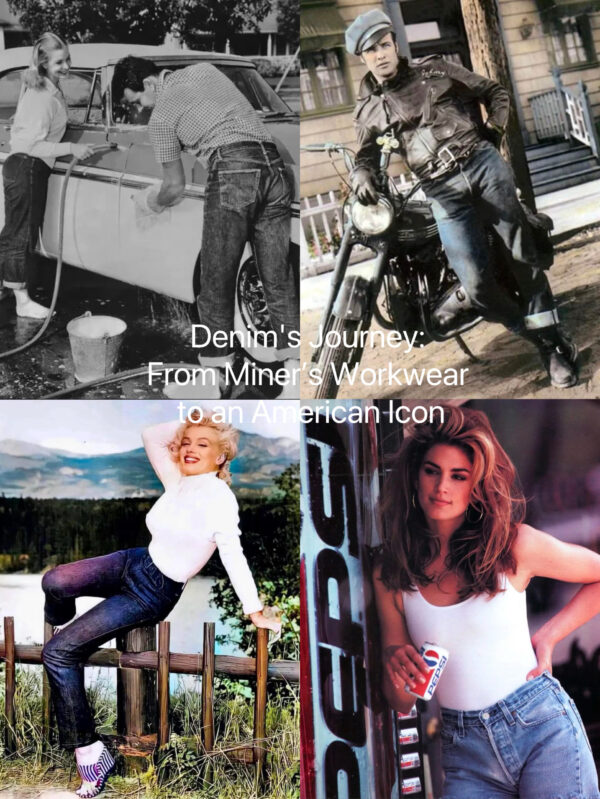
Temps de lecture estimé : ~5 minutes
Le charme intemporel du jean bleu
Le blue-jean est bien plus qu'un simple vêtement ; il est un symbole de la culture américaine, incarnant la durabilité, l'individualité et un style intemporel. De ses origines de vêtement de travail robuste à son statut d'icône de la mode mondiale, le blue-jean a façonné les tendances et transcendé les générations. Cet article explore la riche histoire du blue-jean, son importance culturelle et pourquoi il demeure un incontournable de la garde-robe.
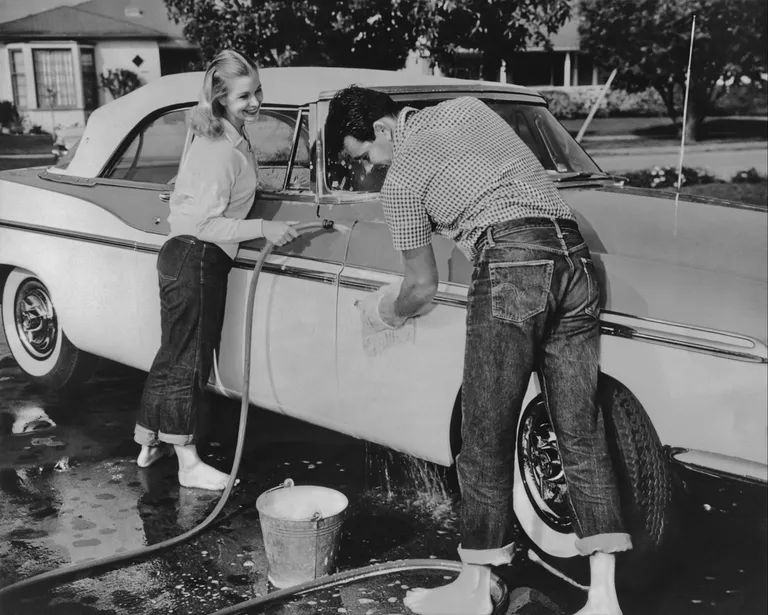
L'origine du denim
L'histoire du jean bleu commence avec le denim, un tissu robuste originaire de France. Appelé à l'origine « Serge de Nîmes », ce qui signifie « sergé de Nîmes », le terme « denim” Dérivé de « de Nîmes ». Au XIXe siècle, le denim gagna en popularité aux États-Unis grâce à sa durabilité et son prix abordable. Mineurs, agriculteurs et éleveurs comptaient sur ce tissu pour sa résistance aux conditions difficiles. La couleur bleue emblématique du denim, obtenue grâce à une teinture indigo importée d'Inde, contribuait à son attrait universel et à sa praticité.
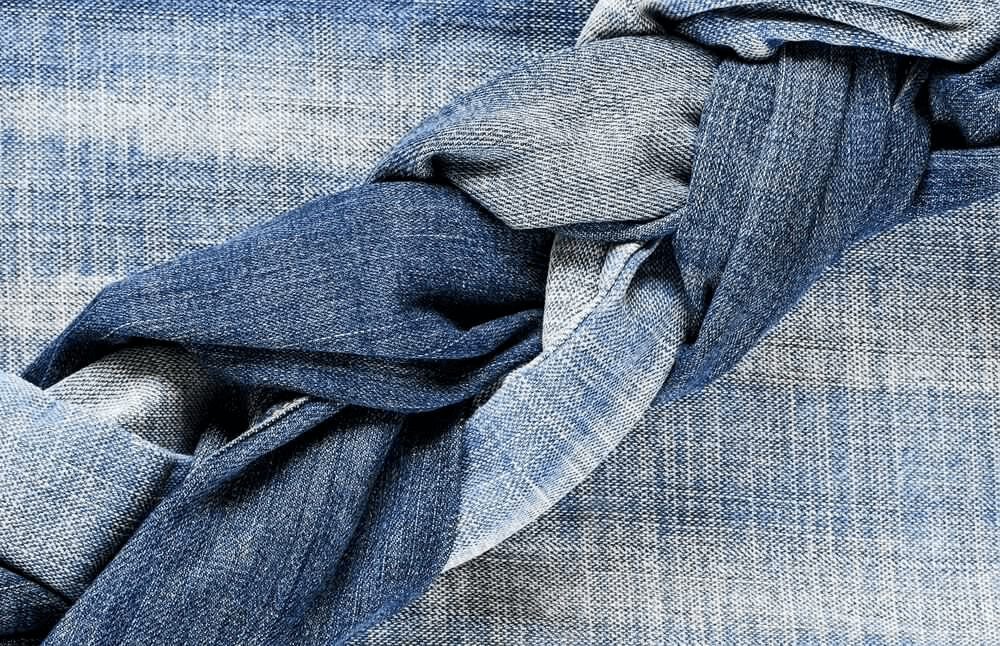
La naissance du blue-jean
Le 20 mai 1873, le blue-jean était officiellement né. Le tailleur Jacob Davis s'associa à l'homme d'affaires Levi Strauss pour breveter un modèle révolutionnaire : un pantalon renforcé de rivets pour une durabilité accrue. Initialement appelés « salopette à taille », ces premiers blue-jeans étaient dotés d'une poche gousset, de poches arrière, de boutons de bretelles et de rivets, répondant aux besoins des ouvriers. Cette innovation pratique posa les bases du blue-jean moderne que nous connaissons aujourd'hui.
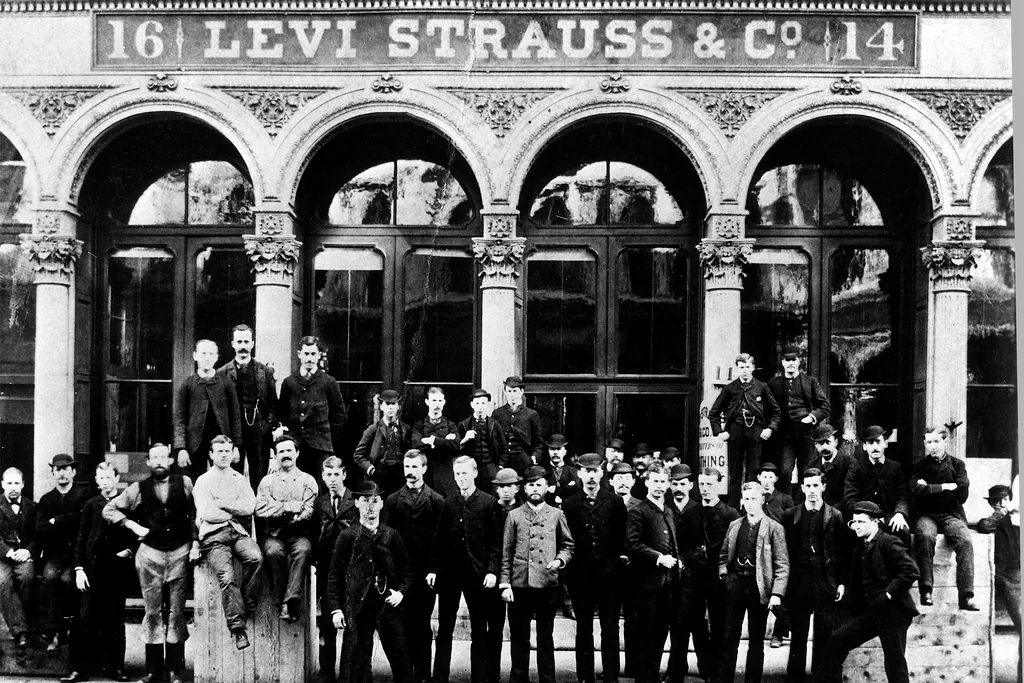
Lévi
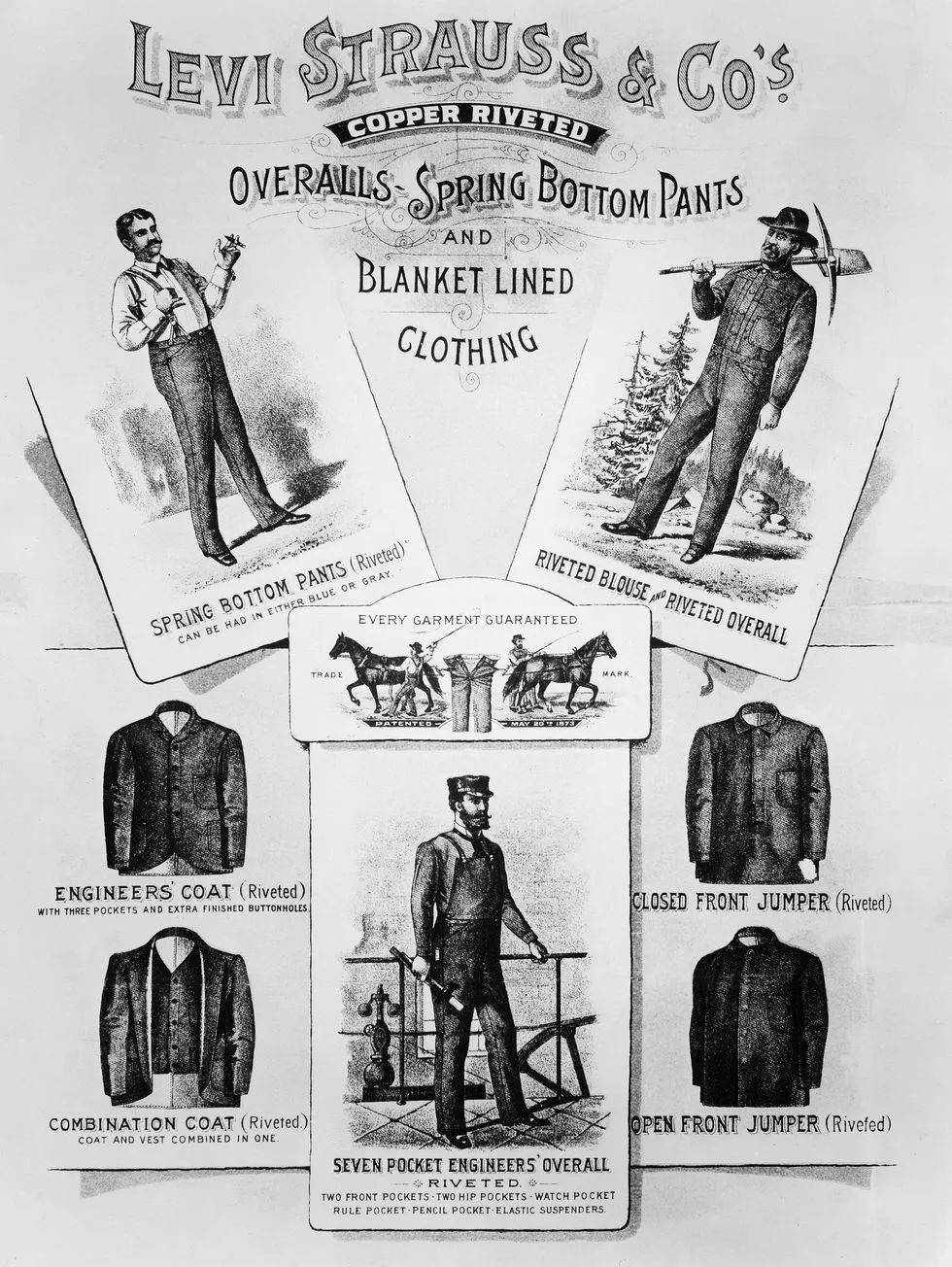
Du vêtement de travail au symbole de la mode
Le jean bleu a considérablement évolué au fil des décennies, reflétant les changements culturels et sociaux de l’Amérique :
-
années 1920-1930:Le jean bleu est devenu synonyme de tenue de travail robuste pour les mineurs, les agriculteurs et les éleveurs. Les films hollywoodiens ont romancé le denim à travers des stars comme John Wayne et Gary Cooper, transformant le jean bleu en article de mode masculin désirable.
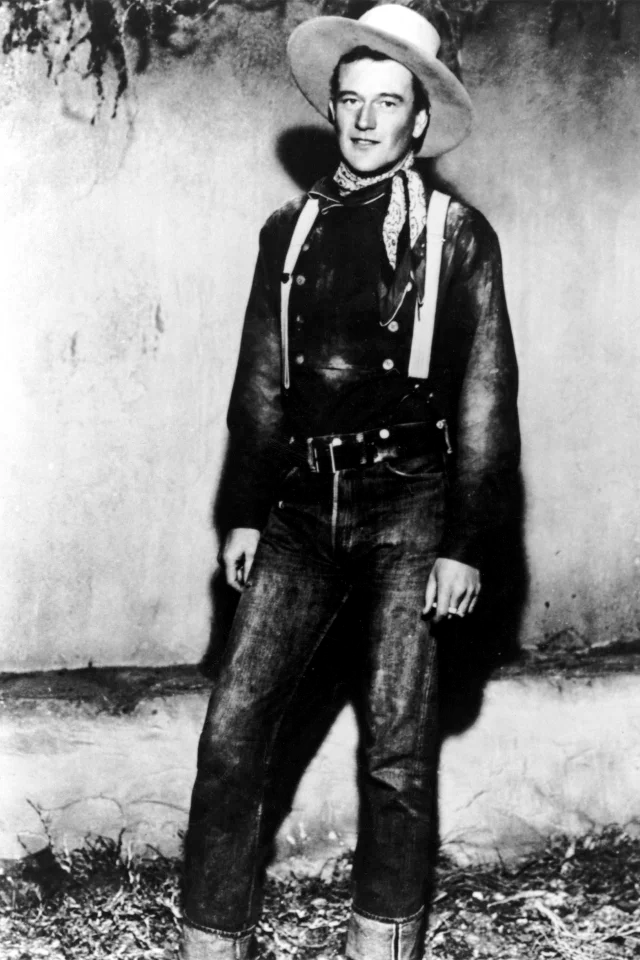
-
années 1950Le jean est devenu un symbole de rébellion, popularisé par des icônes comme James Dean et Marlon Brando. Son charme brut a trouvé un écho auprès des adolescents cherchant à défier les normes sociales.
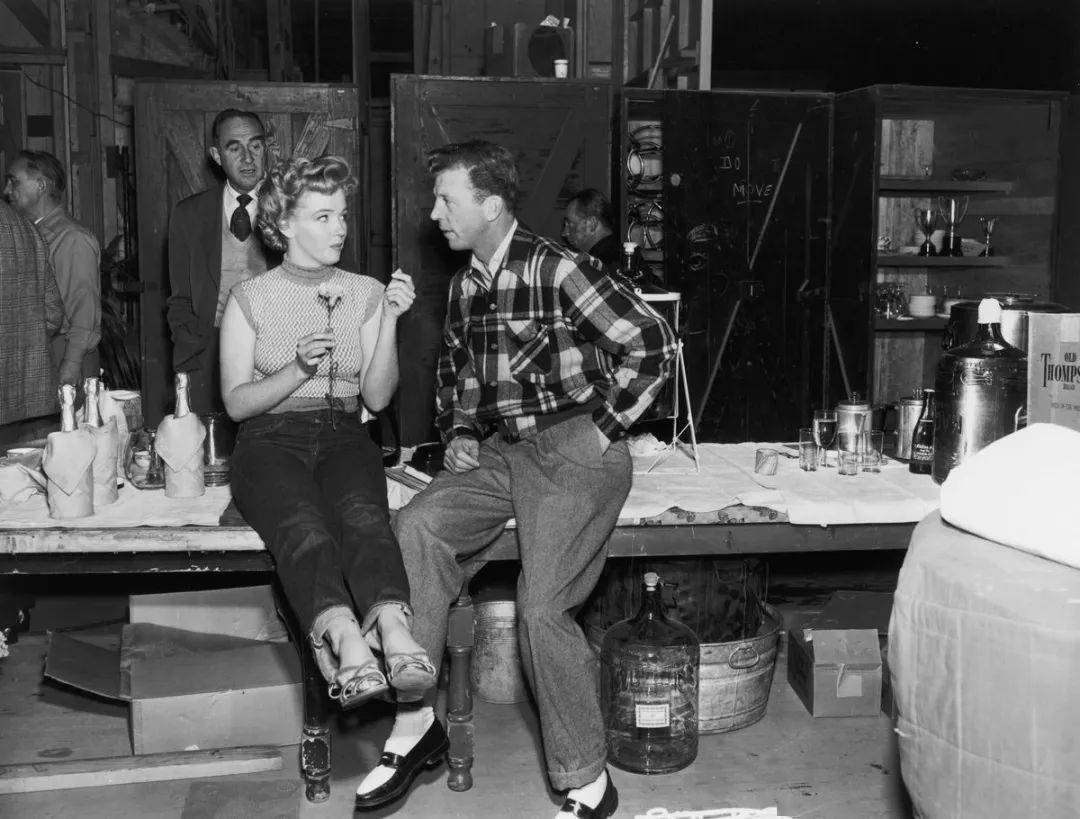
(Marilyn Monroe)

(Gary Cooper)
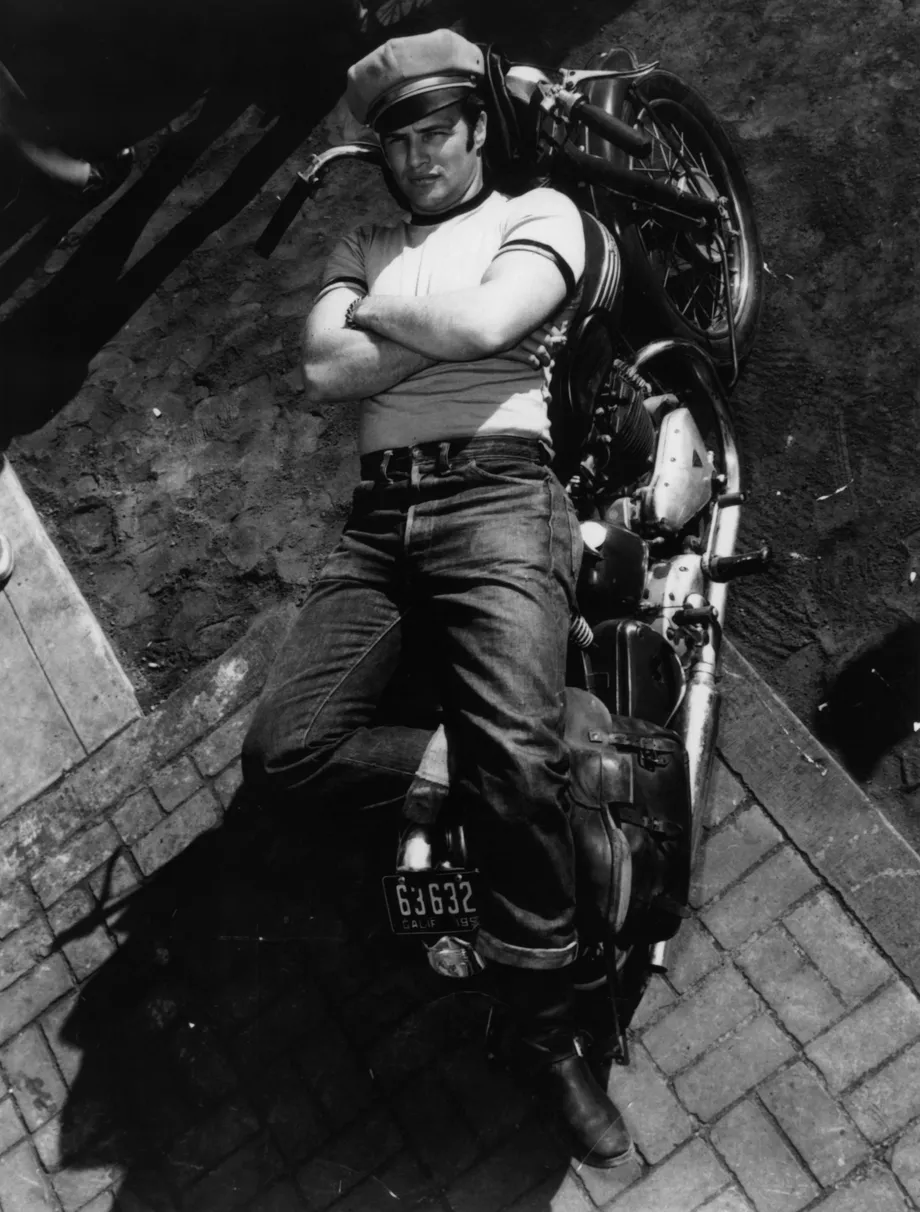
(Marlon Brando)
-
années 1960:Le mouvement hippie a adopté le jean bleu comme symbole de liberté et de contre-culture. Broderies, patchs et pattes d'éléphant ont permis l'expression créative.
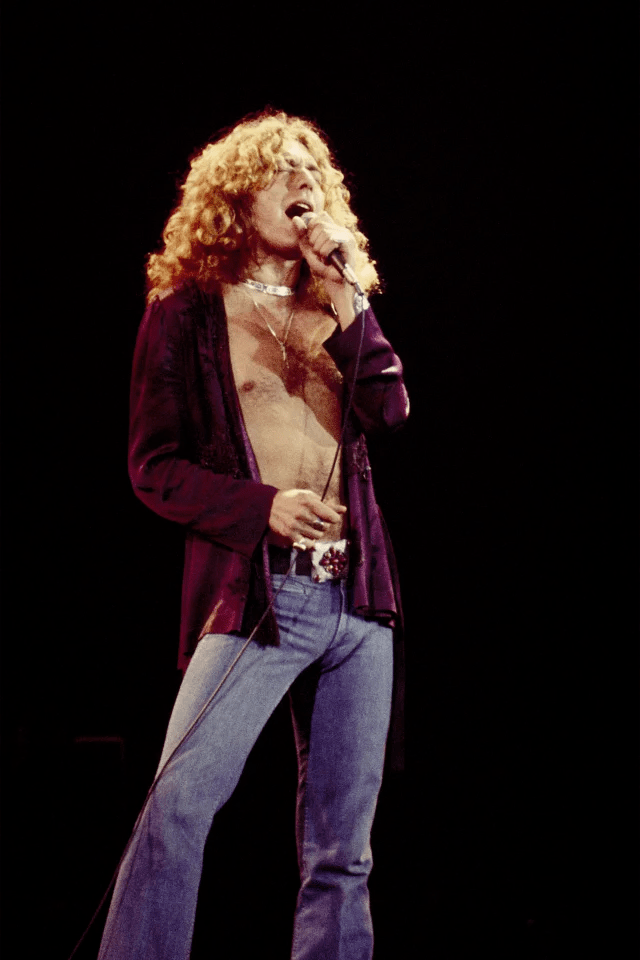
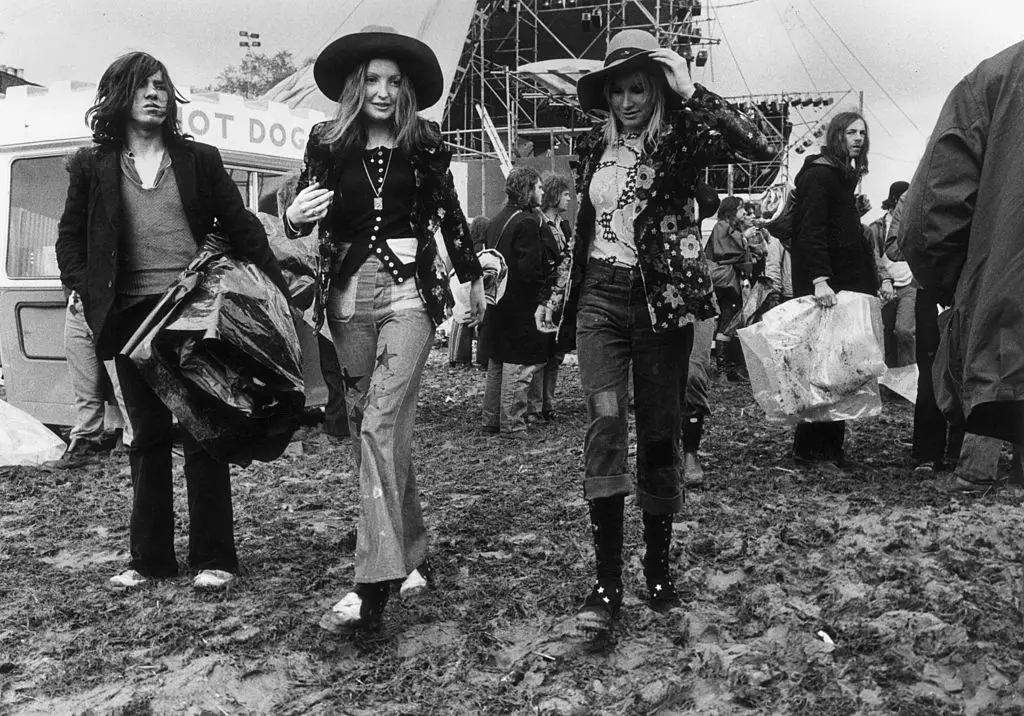
- Années 1980 : Les jeans de créateurs sont devenus un symbole de statut, avec des marques comme Calvin Klein et Jordache élevant le denim dans la mode grand public et même dans les environnements de bureau décontractés.

(Défilé Calvin Klein en 1976)

(Cindy Crawford)
La culture contemporaine du denim
Aujourd'hui, le jean bleu est un incontournable de la mode mondiale, célébré pour sa polyvalence et son originalité. Du bleu classique aux modèles usés, avec déchirures, décolorations et broderies, chaque paire raconte une histoire unique. Le jean bleu reste un favori grâce à sa durabilité, son confort et son appartenance culturelle, ce qui en fait un incontournable des garde-robes du monde entier.
Services de personnalisation par LYDENIM
🎨 Vouloir tissus denim personnalisés ou unique vêtement en denim personnalisé? LYDENIM est spécialisé dans les solutions sur mesure pour répondre à vos besoins de conception et de production.
🛍️ Explorez et inspirez-vous: Parcourez nos sélections de tissus et découvrez des idées de design sur LYDenim.
🌐 Vêtements élastiques:Découvrez nos offres sur MonAlibaba. 📩 Contactez-nous: Contactez-nous à malone@lydenim.com.
Créez votre chef-d'œuvre en denim avec LYDENIM, votre partenaire de confiance pour tissu extensible et solutions denim personnalisées.
Pourquoi les jeans bleus durent
L'attrait durable du jean réside dans sa capacité à s'adapter aux changements tout en conservant ses qualités fondamentales : durabilité, style et signification culturelle. Qu'il soit porté par les mineurs au XIXe siècle ou par les passionnés de mode d'aujourd'hui, le jean continue de définir le style américain grâce à son approche démocratique de la mode.
